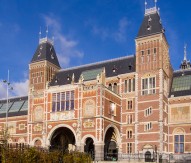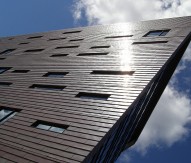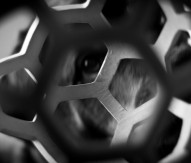
Guided growth leads to self-integrated circuits
Scientists have created the first self-integrating nanowires whose position, length and direction can be fully controlled.
A team led by Professor Ernesto Joselevich at the Weizmann Institute of Science, Israel, have overcome the problem of arranging nanocomponents. The achievement was based on a method developed by Joselevich two years ago for growing nanowires horizontally in an orderly manner.
Speaking about the research, Joselevich, who received a European Research Council Advanced Grant, said: “Our method makes it possible, for the first time, to determine the arrangement of the nanowires in advance to suit the desired electronic circuit.”
The scientists first prepared a surface with tiny, atom-sized grooves and then added to the middle of the grooves catalyst particles that served as nuclei for the growth of nanowires. This setup defined the position, length and direction of the nanowires. They then succeeded in creating a transistor from each nanowire on the surface, producing hundreds of such transistors simultaneously. The nanowires were also used to create a more complex electronic component – a functioning logic circuit called an Address Decoder, an essential constituent of computers.
It’s hoped the ability to efficiently produce circuits from self-integrating semiconductors opens the door to a variety of technological applications, including the development of improved LED devices, lasers and solar cells.
The investigation is published in the journal Proceedings of the National Academy of Sciences.






